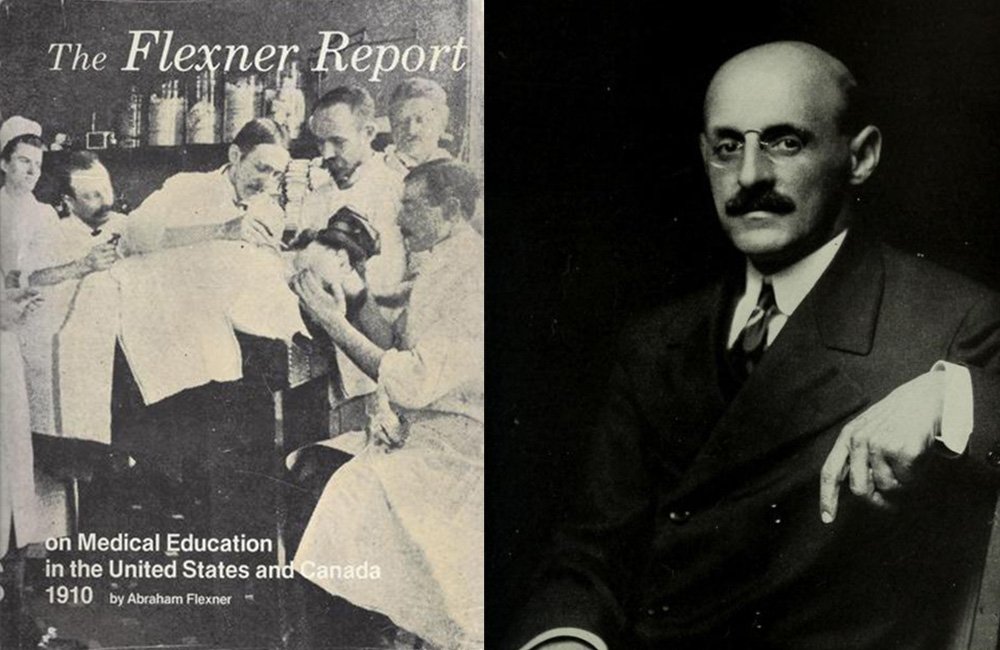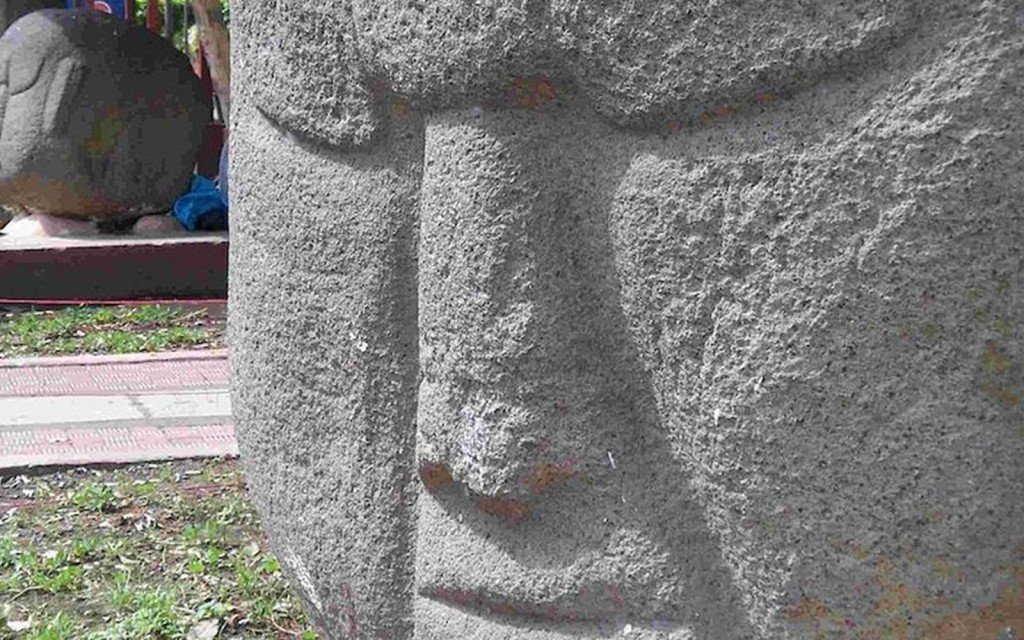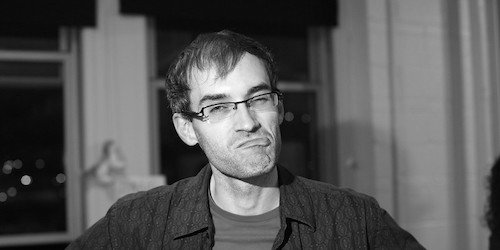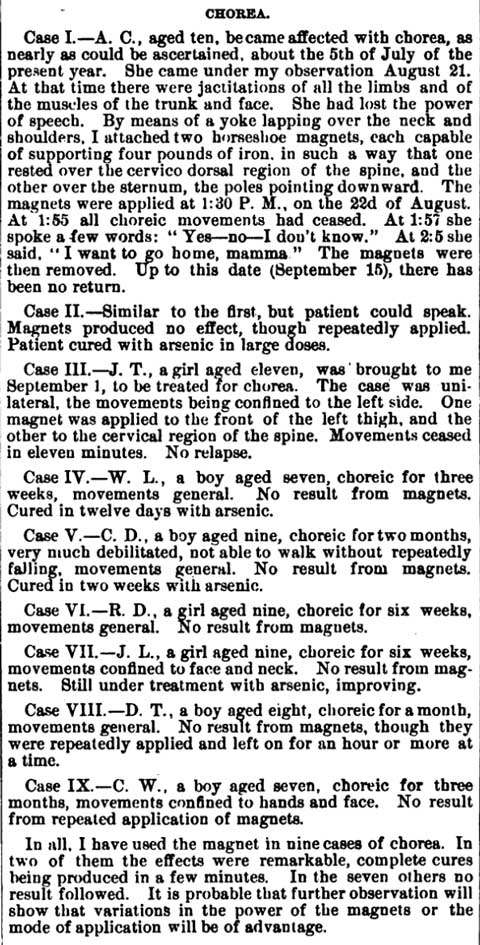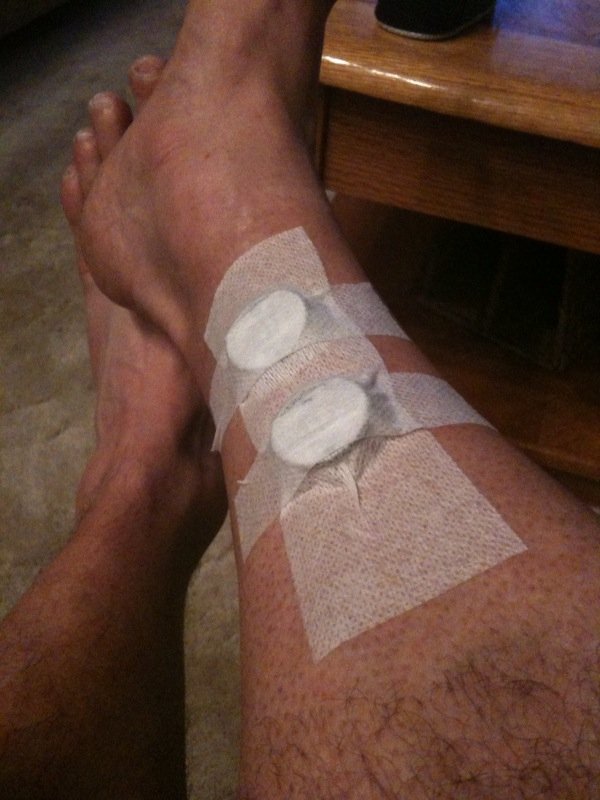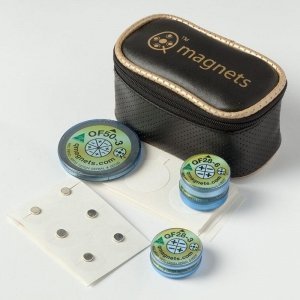History of Magnetic Therapy
Long before the advancement of evidence based medicine, health practitioners used all manner of therapies and potions to treat and prevent pain. From the earliest recorded history of medicine, Greek physicians and scientists were intrigued with magnetic substances and the way in which they affected the human body.
During the 1980’s and 90’s there was a significant body of research establishing the therapeutic benefits of pulsed electromagnetic fields (PEMF). There was credible research on the benefits of flexible rubber magnets such as Bioflex, containing multipolar features that produced non-uniform or inhomogeneous magnetic fields. At the same time a large research project lead by neurologists Dr Robert Holcomb and Dr Michael McLean at Vanderbilt Medical University established credible pier reviewed research into the therapeutic effect of quadrapolar magnets.
As this research was being made public, opportunistic companies looking to exploit the market began sourcing and selling the cheapest and most common magnet available, that being the bipolar magnet. The same promising research into non-uniform or inhomogeneous magnetic fields from pulsed magnetic fields, multipolar magnets and quadrapolar magnets was also showing that the more uniform or homogeneous magnetic fields produced by the common bipolar magnets provided little or no benefits for pain relief.
It is unfortunate that large quantities of common bipolar magnets have been sold to an unsuspecting public piggy backing off credible research. Misleading claims were made regarding differences between the magnetic field from the north and south poles. Since bipolar magnets have only minor therapeutic effects at best, this has certainly tainted other credible medical devices such as Q Magnets.
Magnets were used and studied by some of the great doctors of yesteryear including the 16th century doctor William Gilbert who was president of the Royal College of Physicians and personal physician to Queen Elizabeth I. In fact Gilbert wrote what is widely regarded as the beginning of modern science and electricity, a book called De Magnete.
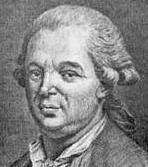
Anton Mesmer
A pivotal character in the history of magnetic therapy is the infamous Austrian Physician, Franz Anton Mesmer who began using magnetic loadstones in 1774. Mesmer developed a theory concerning the body’s own “magnetic energy”, which he coined animal magnetism. Mesmer’s work fell into disrepute by the French medical establishment. He believed he possessed a powerful animal magnetism and that through it he could heal people by touch or even waving his hand over a crowd. These bizarre practices of Mesmer became known as mesmerizing are the origins of the word mesmerize. Click here for an extensive look at the link between Mesmer and magnetic therapy.
Ironically, Mesmer soon stopped using magnets after he realised he could achieve the same “hypnotic” effect without them. What Mesmer had stumbled across, was in fact a type of hypnotism, that had nothing at all to do with the use of magnets. Mud sticks and unfortunately Mesmer’s antics placed such a stigma on magnets as a credible therapy worthy of investigation, other works in the therapeutic use of magnets were discredited.
Stokes and Bell
For example, in 1842, Stokes and Bell (Stokes of Stokes Adam syndrome fame and Bell of Bells Palsy fame) treated a patient with shoulder pain with a very powerful 20 pound magnet and reported the patient experienced relief and restoration. They published cases such as these in a very famous two-volume treatise called Lectures on the Theory and Practice of Physics.
MRI machine
Closer to the twentieth first century, the most significant breakthrough in medical imaging largely came about through the use of magnetic fields. Magnetic Resonance Imaging techniques allow doctors to virtually look inside the living body to pinpoint small structural abnormalities. Magnetic Nerve Stimulators have also contributed to the acceptance of the significant contribution magnetism offers to medicine. More recently with the research into static magnets to treat pain by neurologists at Vanderbilt Medical University throughout the 1990’s, long held paradigms are slowly shifting. As magnetic field therapy gains credibility it will slowly make the transition from pseudoscience to alternative to complimentary therapy and finally to main stream medicine.
The famous German physisist Max Planck made the observation that…
“An important scientific innovation rarely makes its way by gradually winning over and converting its opponents: it rarely happens that Saul becomes Paul. What does happen is that its opponents gradually die out, and that the growing generation is familiarized with the ideas from the beginning.”
Medicine has a long history of being slow to catch on, which is best illustrated by the story of Ignacio Semmelweis. Ignacio was a 19th century Hungarian obstetrician otherwise known as the “saviour of mothers” after he discovered why the mothers of baby’s delivered by doctors had 3 times the chance of dying than those delivered by midwives. Semmelweis connected the dots to the doctors who came straight from giving autopsies to delivering baby’s without washing their hands. But what became of Dr Semmelweis and his discovery? Well he was effectively driven out of the medical profession and died in an asylum and it wasn’t for another 50 years until washing hands between patients became standard clinical practice. Think of the 10,000 or 100,000’s of needless deaths that occurred due to this obstinateness.
The legacy of Dr Semmelweis lives on in the Semmelweis Effect which is a metaphor for human behaviour characterized by reflex-like rejection of new knowledge because it contradicts entrenched norms, beliefs or paradigms.
Just in case you thought this sort of thing couldn’t possibly happen in our day of instant communication, then spare a thought for Dr Barry Marshall from Perth, Australia who discovered that the bacterium Helicobacter pylori lived in the stomach and were the cause of stomach ulcers. This was at a time when conventional science taught that no bacterium could live in the stomach. 12 years after this discovery, exasperated and with very little recognition he resorted to infecting himself with the bacteria to bring on stomach ulcers and quickly cured himself with antibiotics. The time-lag reflects, as Professor William Doe of the Australian National University comments, “how difficult it is to change medical paradigms because everyone has a vested interest in the status quo”. The pharmaceutical industry held the biggest vested interest in ulcers. Two of its biggest all-time earners had been the acid suppressing drugs cimetidine (Tagamet) and ranitidine (Zantac). These drugs did not cure ulcers, meaning patients often needed lifelong therapy. The similarities between stomach ulcers and pain are striking if not magnified.
Magnetic Therapy
Magnets and electromagnetic devices are gaining mainstream medical acceptance for their therapeutic treatment and diagnostic abilities. The future of gradient modulated and frequency modulated magnetic fields in medicine is very promising.
This is truly “a new frontier of medicine”.
REFERENCES:
Historical Perspective of Magnetism; From Thales to Lauterbur, or From the Loadstone to MR maging: Magnetism and Medicine. Radiology 1991; 180:593-612.
Magnetism in Medicine: A Handbook. Chapter 1
More Articles on History of Magnetic Therapy
New York Times Article from 1997 shows the purview of magnetic therapy research and development
Back in 1997, an article in NYT described the state of magnetic therapy research. The author, Dr. Lawrence E. Altman, M.D. writes an elegant article that not only shows us the stigma and criticism faced in the early days but also describes Dr. Vallbona’s early work...
How Rockefeller’s Flexner Report Suppressed Electric & Magnetic therapy
How the Rockefeller sponsored Flexner Report from 1910 affected medical training and the use of electric and magnetic fields.
Surprising history of magnets and Mesoamerica
Those of us with an interest in magnetism will be familiar with the stories of our early encounters, such as that of the Greek shepherd Magnes and the Chinese early compass, but this might test you… were you aware of its role in ancient America? It has only...
Magnetophobia – an irrational belief
Magnetophobia is the irrational belief that static magnetic fields produce no physiological effects or have no therapeutic benefits. The colourful history of magnetic field therapy contributes to this belief and is sustained by misinformation and the complexity of...
The Mesmer Hangover – a major source of stigma for magnetic therapy… since 1784!
What would you say if we were to suggest that the unconventional practices of an Austrian physician from the late eighteenth century were a major contributor to an erroneous stigma on magnetic therapy, even to this day? You might think that’s doubtful, but wait until you learn of this extraordinary tale.
What we can learn from a doctor’s 1880 article on the therapeutic use of magnets.
Summary of what we can learn... The stigma from people promoting magnetic therapy products was already well established by 1880.Simple treatments can avoid the risk and side-effects of more toxic therapies.The concept of improving the magnetic apparatus used,...
Are the Dinosaurs of Medicine the Innovators or the Sceptics?
In 2013, Steven Salzberg declared Battlefield Acupuncture the worst quackery for 2011. Follow this link for...his explanation. Battlefield Acupuncture was pioneered by Dr Richard Niemtzow and is administered at the point of injury to provide comfort and pain relief...
Magnetic Revolution: Why magnetism is a new frontier in medical research.
The use of magnetic fields is fast developing into a most promising area of medical research. Magnetism is cutting edge in the areas of cardiology (remote magnetic navigation, spatially targeted therapeutics), surgery (reflux management system), oncology (magnetic...
Dowsing, divining and magnetic fields.
Did you know that a dowser, walking along divining for water, is actually sensing changes in the earth’s magnetic field? If you were able to shrink right down to miniature size and move across the surface of a common bipolar magnet, there would be no change in the...
Magnetic Field Therapy – Paradoxically, few people are actually well informed about it
In a journey through the history of magnetotherapy, Giordano, et al. (2009) concluded that... Magnetotherapy has been applied and continues to be applied in many branches and fields of medicine, and Magnetotherapy has so many fields of application in medicine, we...


